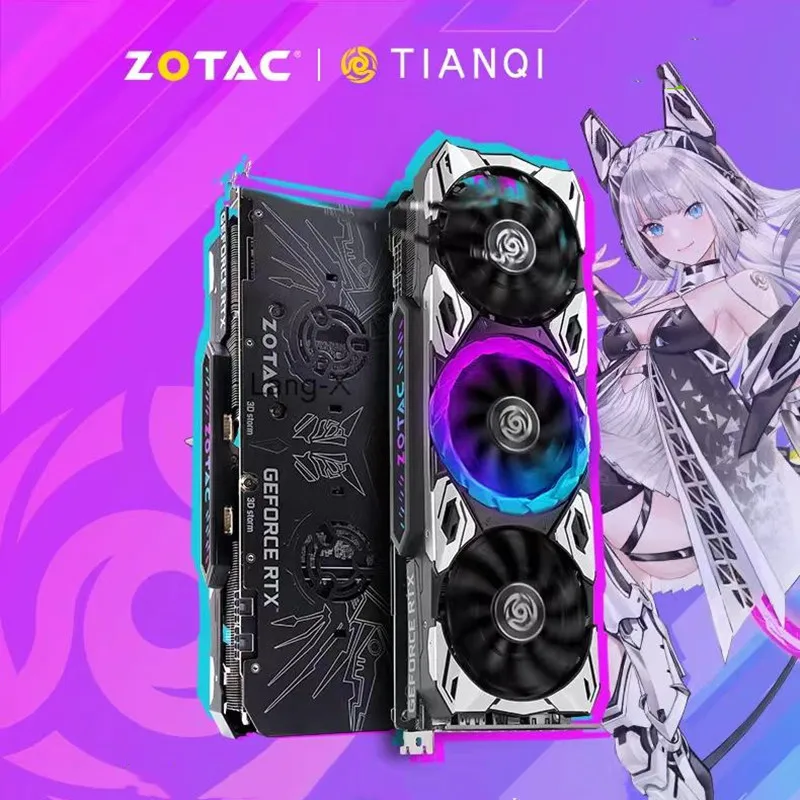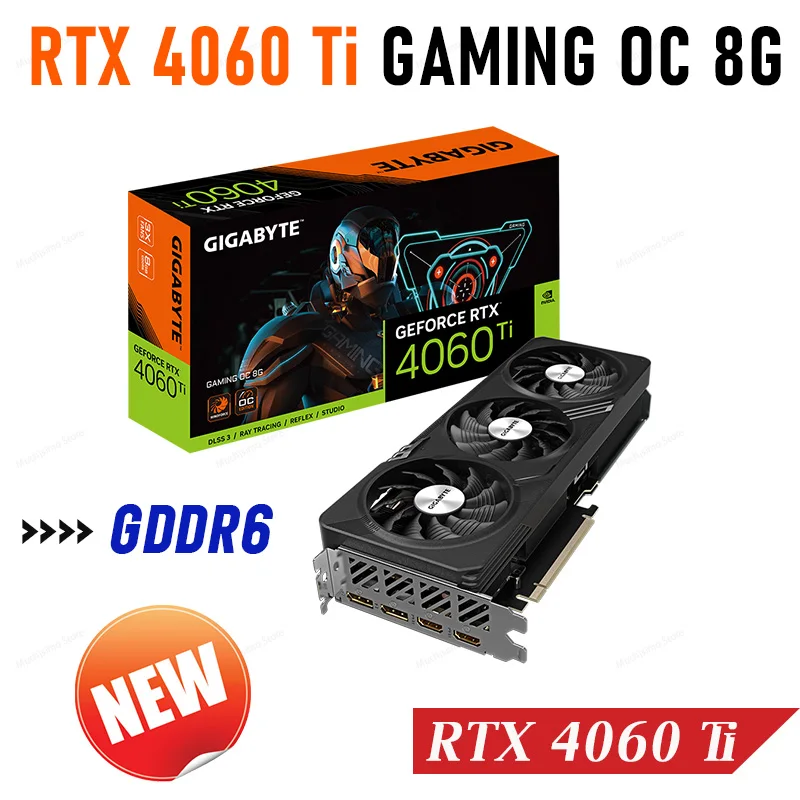Best Cost-Benefit GPUs from China: Unveiling Hidden Gems
The best cost-benefit GPUs from China offer excellent performance for gaming and everyday tasks at affordable prices. Top models include the NVIDIA GeForce GTX 1650 and AMD Radeon RX 550, providing great value without compromising on graphics quality.
When looking for the best **cost-benefit GPUs from China**, you want options that deliver high performance without breaking the bank. With the market flooded with choices, it’s crucial to identify which GPUs stand out in terms of value, performance, and reliability. In this guide, we’ll explore the top cost-effective GPUs from China and provide performance analysis to help you make an informed decision.














Top Cost-Effective GPUs from China
When searching for the top cost-effective GPUs from China, you will find several options that provide great value and performance without exceeding your budget. Below are some of the best choices available in the market that cater to different needs.
1. NVIDIA GeForce GTX 1650
The NVIDIA GeForce GTX 1650 is a popular model among budget gamers. With its 4GB GDDR5 memory, this GPU performs well in 1080p gaming. It has a low power consumption rate and is easy to install, making it beginner-friendly.
2. AMD Radeon RX 550
The AMD Radeon RX 550 is an excellent option for those looking for a cost-effective GPU suitable for light gaming and multimedia tasks. Offering 4GB of GDDR5 RAM, this GPU can handle most games at medium settings.
3. Intel UHD Graphics 630
For users who do not require high-end graphics, the Intel UHD Graphics 630 is integrated into many Intel CPUs and can handle basic tasks such as office applications and streaming media with ease. This is an economical choice for users not focused on gaming.
4. ASUS Phoenix GeForce GTX 1650
This model offers a great balance between price and performance. The ASUS Phoenix GeForce GTX 1650 has a compact design, making it perfect for smaller cases, and ensures smooth gaming at 1080p.
5. MSI Radeon RX 560
The MSI Radeon RX 560 provides excellent 1080p performance with its 4GB of GDDR5 memory and delivers great visuals for both gaming and video editing at a reasonable price.
Final Thoughts
These GPUs represent some of the best cost-effective options from China, combining performance, affordability, and efficiency. When selecting, consider your specific needs and the type of workloads you will be running to ensure you choose the right GPU for your requirements.
Performance Analysis of Budget GPUs
When considering budget GPUs, a performance analysis is essential to understand how these cards compare. Here, we will delve into aspects like gaming capabilities, power consumption, and thermal performance.
Gaming Performance
Budget GPUs often target 1080p gaming. For instance, the NVIDIA GeForce GTX 1650 can smoothly run many modern titles at medium settings. In contrast, the AMD Radeon RX 550 performs well for eSports games but struggles with graphically demanding titles at high settings.
Benchmark Comparisons
Benchmarks are a vital part of performance analysis. The chart below summarizes average FPS for selected GPUs in popular games:
| GPU Model | Average FPS (1080p) |
|---|---|
| GTX 1650 | 60 |
| RX 560 | 55 |
| RX 550 | 40 |
This data indicates that while the GTX 1650 leads, the RX 560 remains competitive, especially for various budget users.
Power Consumption and Thermal Efficiency
Power consumption impacts your electricity bill and system cooling. Most budget GPUs, like the GTX 1650, consume about 75 watts, requiring no additional power connectors. Conversely, the RX 560 may need upwards of 100 watts, which could be a consideration for users with limited PSU wattage.
Regarding thermal efficiency, both NVIDIA and AMD offer cards with effective cooling solutions. The GTX 1650 tends to run cooler under load than the RX 560, leading to quieter operation.
Value for Money
Lastly, the value for money aspect cannot be overlooked. Cards that offer the best performance per dollar, like the GTX 1650, tend to dominate this segment. However, understanding your specific gaming needs is critical in making an informed choice.
How to Choose the Right GPU for You
Choosing the right GPU can greatly impact your overall computing experience. Here are some steps to help you make the best decision.
1. Identify Your Needs
First, consider what you’ll be using the GPU for. Are you a gamer, designer, or just need it for everyday tasks? Gamers will need a more powerful GPU for high-quality graphics, while casual users can opt for a budget-friendly model.
2. Set a Budget
Determine how much you are willing to spend on a GPU. Budget models can range from $100 to $300, while high-end GPUs can go well above $500. Knowing your budget will narrow down your options significantly.
3. Check Compatibility
Make sure the GPU you want is compatible with your system. Check the size (length and height) of the GPU and ensure it fits in your case. Also, verify that your power supply unit (PSU) has enough wattage and necessary connectors.
4. Look for Performance Reviews
Do some research and read reviews on the GPUs you are considering. Websites like Tom’s Hardware and TechRadar offer in-depth performance analyses and comparisons, which help you understand how well a GPU performs for your needs.
5. Future-Proofing
If you plan to keep your GPU for several years, consider investing in a more powerful model now. This will save you from needing an upgrade sooner than expected.
6. Brand Reputation
Some brands are known for their quality and performance. Consider popular names like NVIDIA and AMD. Their GPUs often come with additional features, like software that allows for easier overclocking.
7. Warranty and Support
Finally, look at the warranty and customer support provided by the manufacturer. A good warranty can provide peace of mind should anything go wrong with your GPU.
FAQ – Frequently Asked Questions about Budget GPUs
What factors should I consider when choosing a GPU?
Consider your specific needs, budget, compatibility with your system, and future-proofing options to ensure you select the right GPU.
Is there a significant difference in performance between budget and high-end GPUs?
Yes, high-end GPUs generally offer better performance, higher frame rates, and superior graphics quality, but budget GPUs can still provide good performance for everyday tasks and casual gaming.
Can I use a budget GPU for gaming?
Absolutely! Many budget GPUs, like the GTX 1650, are designed for gaming and can handle popular titles at 1080p with decent settings.
How do I know if a GPU is compatible with my PC?
Check the size of the GPU, the power supply wattage, and ensure that your motherboard has the correct PCIe slots.
What is the average lifespan of a budget GPU?
A budget GPU can last anywhere from 3 to 5 years, depending on usage and technological advancements in gaming and video processing.
Do brand reputations matter in GPU selection?
Yes, reputable brands like NVIDIA and AMD are typically known for their quality and customer support, making them reliable choices for consumers.